为您推荐相似的CCD相机/影像CCD
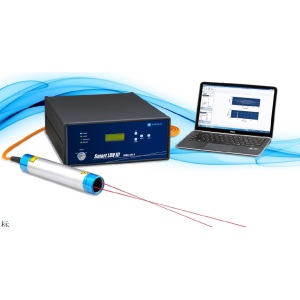
紧凑型激光多普勒测速仪(LDV)
型号:SmartLDVIII 10万 - 30万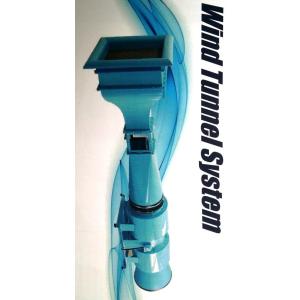
风洞系统
型号:S980349 10万 - 30万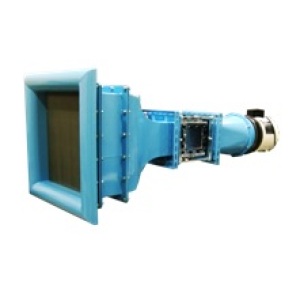
Kanomax 小型可视化风洞
型号:S980338 10万 - 30万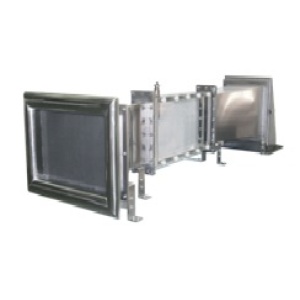
Kanomax 桌面小型可视化风洞
型号:S0521395 10万 - 30万湍流本质上具有三维(3D)立体结构属性。普通的二维(2D)包 括采用激光照明的成像测量无法在所有三个空间维度上分辨湍流 的结构。而利用多视角成像信息,采用层析重构技术则可以在三 个空间维度上同时捕捉记录复杂流动的瞬态结构。应用针对体像 素的三维(3D)相关处理技术,可以由时间相关的体成像数据计 算出瞬态三维空间的流场。 LaVision功能强大的,基于层析粒子成像测速(Tomo-PIV)和层 析粒子跟踪测速(Tomo-PTV)技术的FlowMaster激光成像系统, 能够以极高的空间分辨率记录强湍流,火焰以及喷雾对象的瞬态 体视流场。
Two-dimensional velocity fields around a freely swimming freshwater black shark fish in longitudinal (XZ) plane and transverse (YZ) plane are measured using digital particle image velocimetry (DPIV). By transferring momentum to the fluid, fishes generate thrust. Thrust is generated not only by its caudal fin, but also using pectoral and anal fins, the contribution of which depends on the fish’s morphology and swimming movements. These fins also act as roll and pitch stabilizers for the swimming fish. In this paper, studies are performed on the flow induced by fins of freely swimming undulatory carangiform swimming fish (freshwater black shark, L = 26 cm) by an experimental hydrodynamic approach based on quantitative flow visualization technique. We used 2D PIV to visualize water flow pattern in the wake of the caudal, pectoral and anal fins of swimming fish at a speed of 0.5–1.5 times of body length per second.
Many marine organisms have complex life histories, having sessile adults and relying on the planktonic larvae for dispersal. Larvae swim and disperse in a complex fluid environment and the effect of ambient flow on larval behavior could in turn impact their survival and transport. However, to date, most studies on larvae–flow interactions have focused on competent larvae near settlement. We examined the importance of flow on early larval stages by studying how local flow and ontogeny influence swimming behavior in pre-competent larval sea urchins, Arbacia punctulata. We exposed larval urchins to grid-stirred turbulence and recorded their behavior at two stages (4- and 6-armed plutei) in three turbulence regimes. Using particle image velocimetry to quantify and subtract local flow, we tested the hypothesis that larvae respond to turbulence by increasing swimming speed, and that the increase varies with ontogeny.
This paper describes the development of an experimental technique that combines simultaneous planar laser-induced fluorescence (PLIF) and infrared (IR) thermography imaging, and its application to the measurement of unsteady and conjugate heat-transfer in harmonically forced, thin liquid-film flows falling under the action of gravity over an inclined electrically heated-foil substrate. Quantitative, spatiotemporally resolved and simultaneously conducted measurements are reported of the film thickness, film free-surface temperature, solid–liquid substrate interface temperature, and local/instantaneous heat flux exchanged with the heated substrate. Based on this information, local and instantaneous heat-transfer coefficients (HTCs) are recovered. Results concerning the local and instantaneous HTC and how this is correlated with the local and instantaneous film thickness suggest considerable heat-transfer enhancement relative to steady-flow predictions in the thinner film regions.
LaVision GmbHCCD相机Imager sCMOS的工作原理介绍
CCD相机Imager sCMOS的使用方法?
LaVision GmbHImager sCMOS多少钱一台?
CCD相机Imager sCMOS可以检测什么?
CCD相机Imager sCMOS使用的注意事项?
LaVision GmbHImager sCMOS的说明书有吗?
LaVision GmbHCCD相机Imager sCMOS的操作规程有吗?
LaVision GmbHCCD相机Imager sCMOS报价含票含运吗?
LaVision GmbHImager sCMOS有现货吗?


FZMotion光学运动捕捉系统—SWIFT系列动捕相机

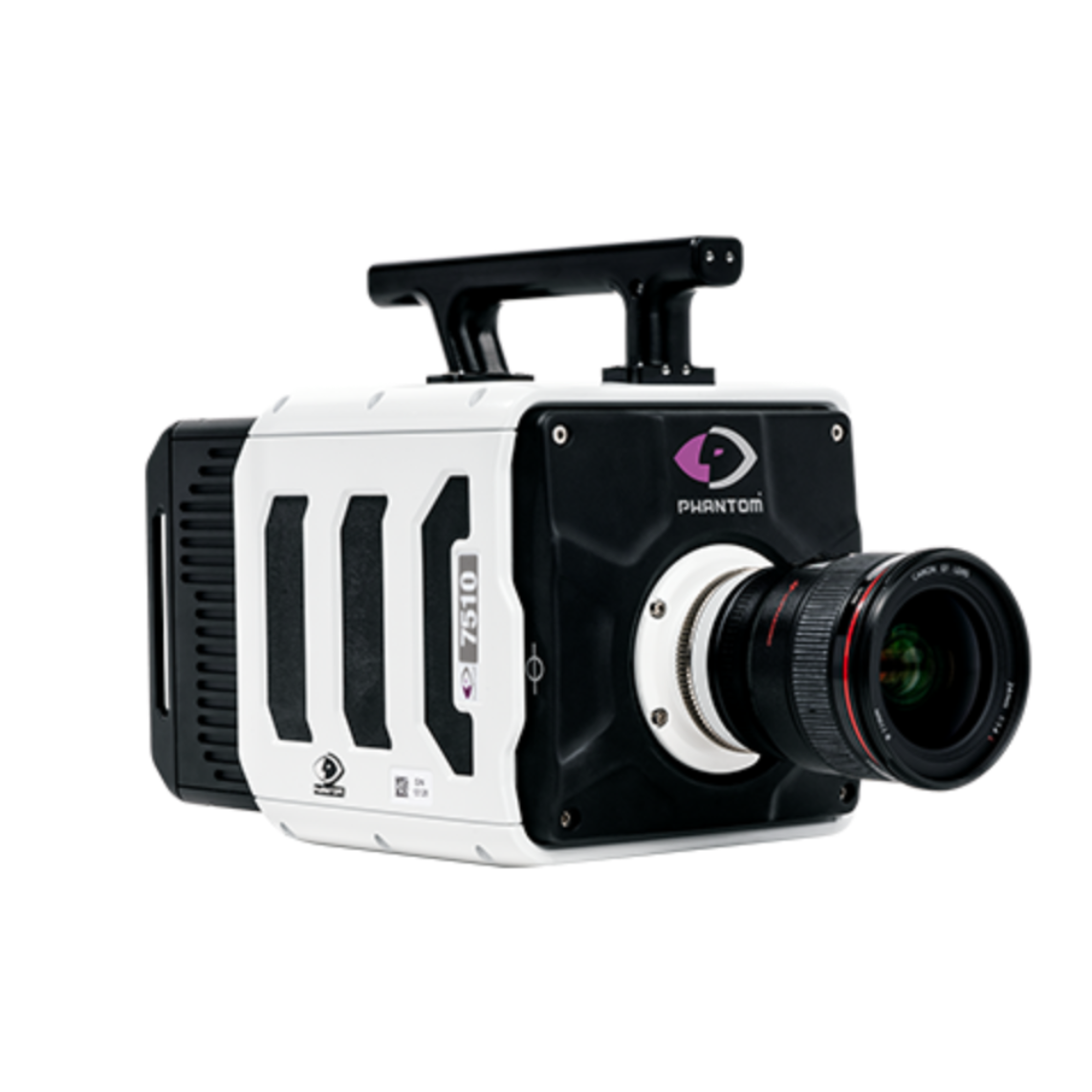
PHANTOM TMX系列高速摄像机


Andor科学级sCMOS相机-Zyla 4.2 PLUS

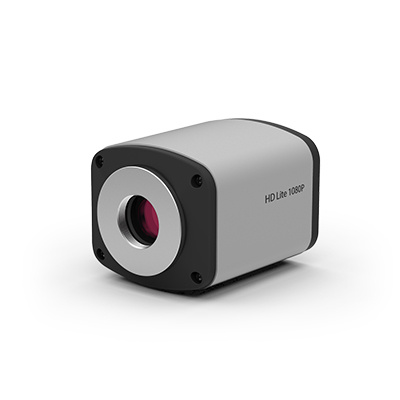
TrueChrome HD Lite 简版HDMI相机


滨松sCMOS相机ORCA-Flash 4.0 V3

Bobcat 640 GigE红外相机
上海先箴光电科技有限公司

Atik VS系列 CCD高分辨率长曝光工业相机 (分辨率2750 x 2205)
筱晓(上海)光子技术有限公司

全自动光学影像仪产品零部件全检测量仪
深圳市中图仪器股份有限公司

AFX 系列机载高光谱成像系统
北京易科泰生态技术有限公司
最多添加5台
